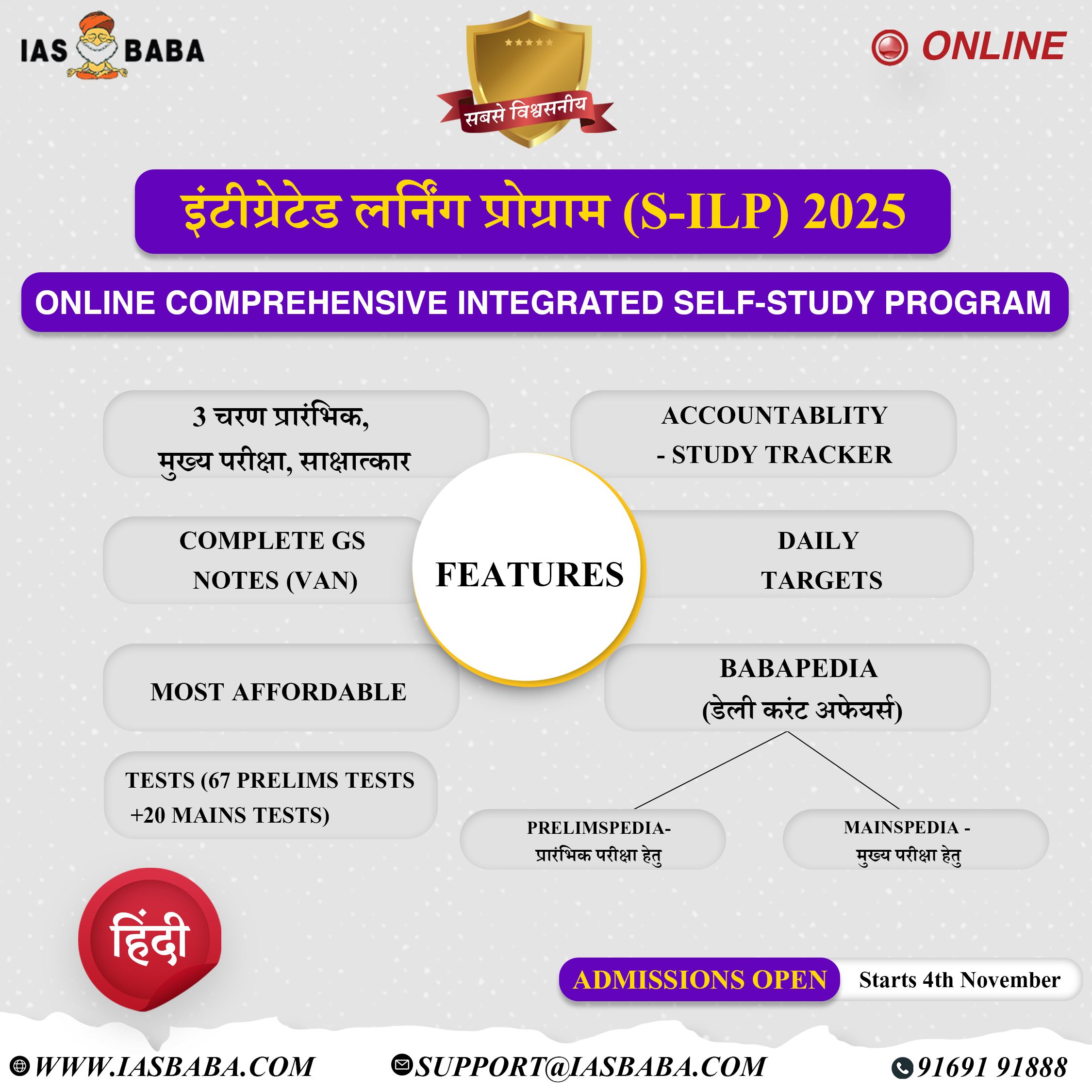UPSC Articles
Riverbed sand mining
Part of: Prelims and GS-III Environment
Context: Environment clearance issued to as many as 60 mining areas has paved the way for legal mining of bajri (riverbed sand) in Rajasthan.
- The Supreme Court had banned the sand mining activities four years ago in riverbeds until a scientific replenishment study was completed.
- The apex court later appointed a Central Empowered Committee (CEC) to look into the issue of illegal sand mining.
- Recommendations:
- issue environmental clearance to all valid holders of letters of intent, as suggested by the Expert Appraisal Committee, within three months and
- do not insist on submission of the scientific replenishment report as a precondition.
- The replenishment study could be undertaken during the course of mining.
- The Supreme Court accepted the CEC’s recommendations permitting riverbed sand mining to be conducted after obtaining all statutory clearances and payment of applicable taxes.
What is riverbed sand mining?
- Sand mining is the extraction of sand, mainly through an open pit but sometimes mined from beaches and inland dunes or dredged from ocean and river beds.
- Uses:
- Sand is often used in manufacturing as an abrasive or in concrete.
- Sand mining helps in extracting rutile, ilmenite, and zircon, which contain the industrially useful elements titanium and zirconium.
- Ill-effects:
- Sand mining is a direct cause of erosion, and impacts the local wildlife.
- Various animals depend on sandy beaches for nesting clutches, and mining has led to the near extinction of gharials in India.
- Disturbance of underwater and coastal sand causes turbidity in the water, which is harmful for organisms like coral that need sunlight.
- It can also destroy fisheries, financially harming their operators.
News Source: TH











